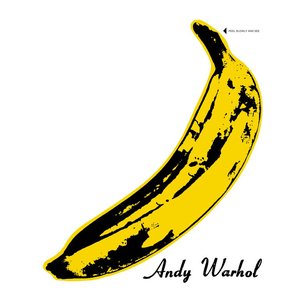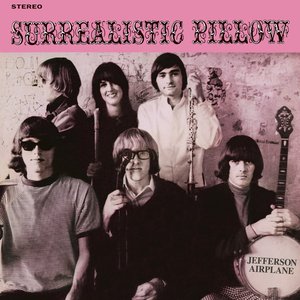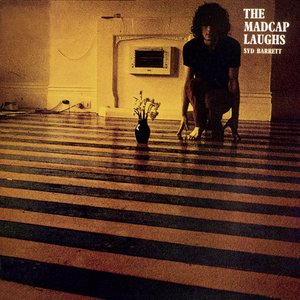Wiki
-
Length
4:08
"Strawberry Fields Forever" is a song by the English rock band the Beatles, written by John Lennon and credited to Lennon–McCartney. It was released on 13 February 1967 as a double A-side single with "Penny Lane". It represented a departure from the group's previous singles and a novel listening experience for the contemporary pop audience. While the song initially divided and confused music critics and the group's fans, it proved highly influential in the emerging psychedelic genre. Its accompanying promotional film is similarly recognized as a pioneering work in the medium of the music video.
Lennon based the song on his childhood memories of playing in the garden of Strawberry Field, a Salvation Army children's home in Liverpool. Starting in November 1966, the band spent 45 hours in the studio, spread over five weeks, creating three versions of the track. The final recording combined two of those versions, which were entirely different in tempo, mood, and musical key. It features reverse-recorded instrumentation, Mellotron flute sounds, an Indian swarmandal, tape loops, and a fade-out/fade-in coda, as well as a cello and brass arrangement by producer George Martin. For the promotional film, the band used experimental techniques such as reverse effects, jump cuts, and superimposition.
The song was the first track the Beatles recorded after completing Revolver and was intended for inclusion in their forthcoming Sgt. Pepper's Lonely Hearts Club Band. Instead, with pressure from their record company and management for a new product, the group was forced to issue the single and then adhered to their philosophy of omitting previously released singles from their albums. The double A-side peaked at number 2 on the Record Retailer chart, thereby breaking the band's four-year run of chart-topping singles in the UK. In the United States, "Strawberry Fields Forever" peaked at number 8 on the Billboard Hot 100. To the band's displeasure, the song was later included on the US Magical Mystery Tour LP.
Lennon viewed "Strawberry Fields Forever" as his finest work with the Beatles. After Lennon's murder in New York City, a section of Central Park was named after the song. In 1996, the discarded first version of the song was issued on the outtakes compilation Anthology 2; in 2006, a new version was created for the remix album Love. Artists who have covered the song include Richie Havens, Todd Rundgren, Peter Gabriel, Ben Harper, and Los Fabulosos Cadillacs featuring Debbie Harry. In 1990, a version by the Madchester group Candy Flip became a top-ten hit in the UK and Ireland.
Strawberry Field was the name of a Salvation Army children's home close to John Lennon's childhood home in Woolton, a suburb of Liverpool. Lennon and his friends Pete Shotton, Nigel Walley, and Ivan Vaughan used to play in the wooded garden behind the home. One of Lennon's childhood treats was the garden party held each summer in Calderstones Park, near the home, where a Salvation Army brass band played. Lennon's aunt Mimi Smith recalled: "There was something about the place that always fascinated John. He could see it from his window … He used to hear the Salvation Army band , and he would pull me along, saying, 'Hurry up, Mimi – we're going to be late.'"
Lennon began writing "Strawberry Fields Forever" in Almería, Spain, during the filming of Richard Lester's How I Won the War in September–October 1966. The Beatles had just retired from touring after one of their most difficult periods, which included the "more popular than Jesus" controversy and being the target of mob violence in reaction to their unintentional snubbing of Philippines First Lady Imelda Marcos. Working on Lester's film without his bandmates left Lennon feeling vulnerable; according to his wife Cynthia, he was also distraught to learn in late October that Alma Cogan, the English singer whom "he'd earmarked to replace Aunt Mimi in his affections", had died in London at the age of 34. In the first versions that Lennon committed to tape, in September, there was no reference to Strawberry Field. Author Steve Turner says that at this stage, Lennon most likely drew inspiration from Nikos Kazantzakis's autobiographical novel Report to Greco, which he was reading in Almería and "tells of a writer searching for spiritual meaning".
"I was different all my life. The second verse goes, "No one I think is in my tree." Well, I was too shy and self-doubting. Nobody seems to be as hip as me is what I was saying. Therefore, I must be crazy or a genius – "I mean it must be high or low" …
– John Lennon, 1980
Like "Penny Lane", which Paul McCartney wrote in late 1966 in response to Lennon's new song, "Strawberry Fields Forever" conveys nostalgia for the Beatles' early years in Liverpool. While both songs refer to actual locations, McCartney said that the two pieces also had strong surrealistic and psychedelic overtones. George Martin, the Beatles' producer, recalled that when he first heard "Strawberry Fields Forever", he thought it conjured up a "hazy, impressionistic dreamworld".
As with his Revolver compositions "Tomorrow Never Knows" and "She Said She Said", "Strawberry Fields Forever" was informed by Lennon's experiences with the hallucinogenic drug LSD, which caused him to question his identity and seek to dissolve his ego. In Turner's description, the song's opening line, "Let me take you down", establishes Lennon as a "spiritual leader" in keeping with his statements in "The Word", "Rain" and "Tomorrow Never Knows", while Lennon's contention that in Strawberry Field "Nothing is real" reflects the concept of Maya (or "illusion") as conveyed in the Hindu teachings that Lennon was also reading during his weeks on the film set. Lennon said the song reflected how he had felt "different all my life"; he called it "psychoanalysis set to music" and one of his most honest songs. In McCartney's view, the lyrics reflect Lennon's admiration of the nineteenth-century English writer Lewis Carroll, particularly his poem "Jabberwocky".
The earliest demo of the song was recorded in Almería, and Lennon subsequently developed the melody and lyrics in England throughout November. Demos taped at his home, Kenwood, demonstrate his progress with the song and include parts played on a Mellotron, a tape-replay keyboard instrument he had purchased in August 1965. On the first Almería recording, the song had no refrain and only one verse, beginning: "There's no one on my wavelength / I mean, it's either too high or too low". Lennon revised these words to make them more obscure, then wrote the melody and part of the lyrics to the chorus (which functioned as a bridge and did not yet include a reference to Strawberry Fields). After returning to England in early November, he added another verse and the mention of Strawberry Fields. The first verse on the released version was the last to be written, close to the time of the song's recording. For the chorus, Lennon was again inspired by his childhood memories: the words "nothing to get hung about" were inspired by Aunt Mimi's strict order not to play on the grounds of Strawberry Field, to which Lennon replied, "They can't hang you for it." The first verse Lennon wrote became the second one in the released version of the song, and the second verse he wrote became the last.
Track descriptions on Last.fm are editable by everyone. Feel free to contribute!
All user-contributed text on this page is available under the Creative Commons Attribution-ShareAlike License; additional terms may apply.

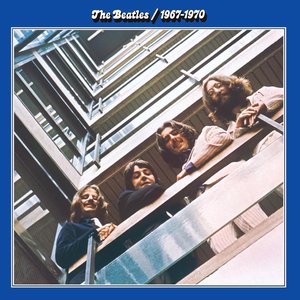

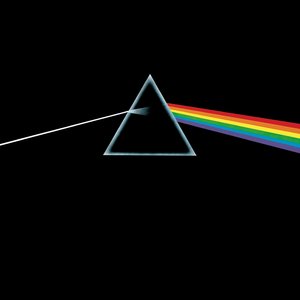
![A Foot in the Door: The Best of Pink Floyd [Explicit]](https://lastfm.freetls.fastly.net/i/u/300x300/76aa19dd31544d82d7bc124847564668.jpg)


